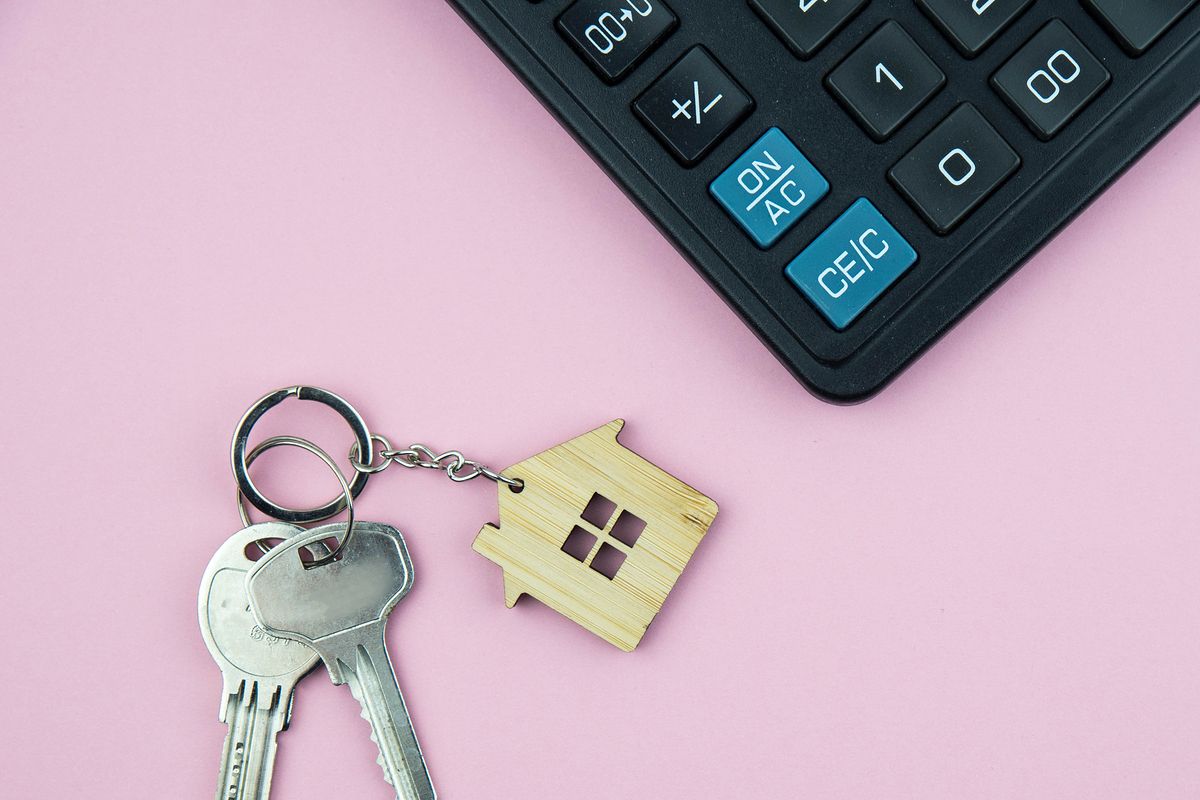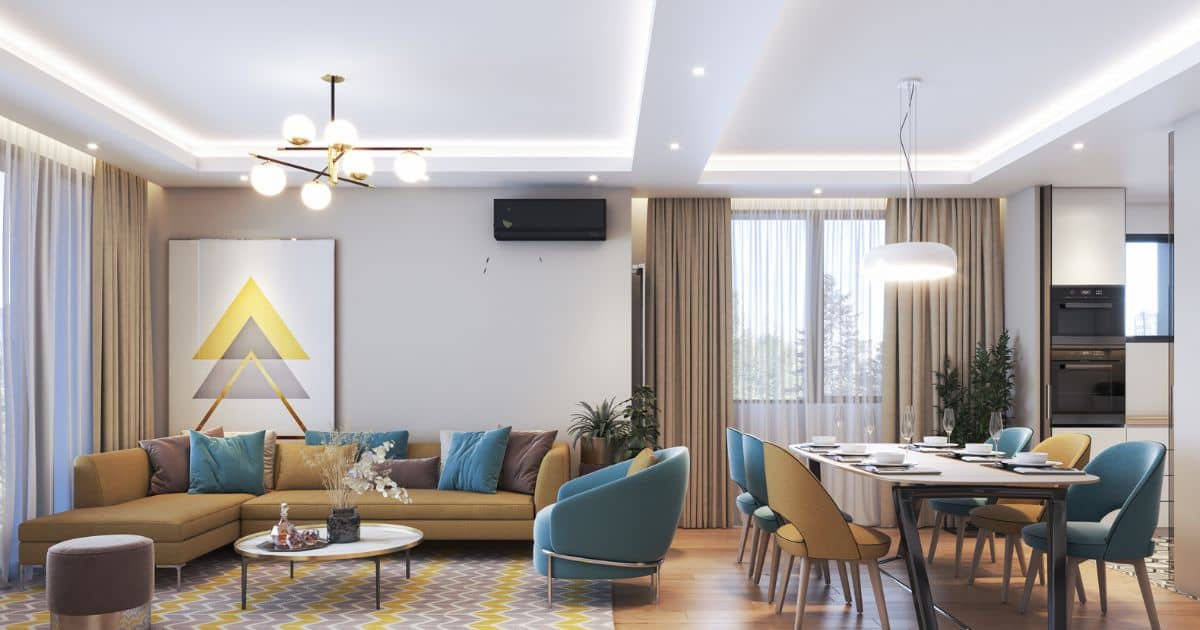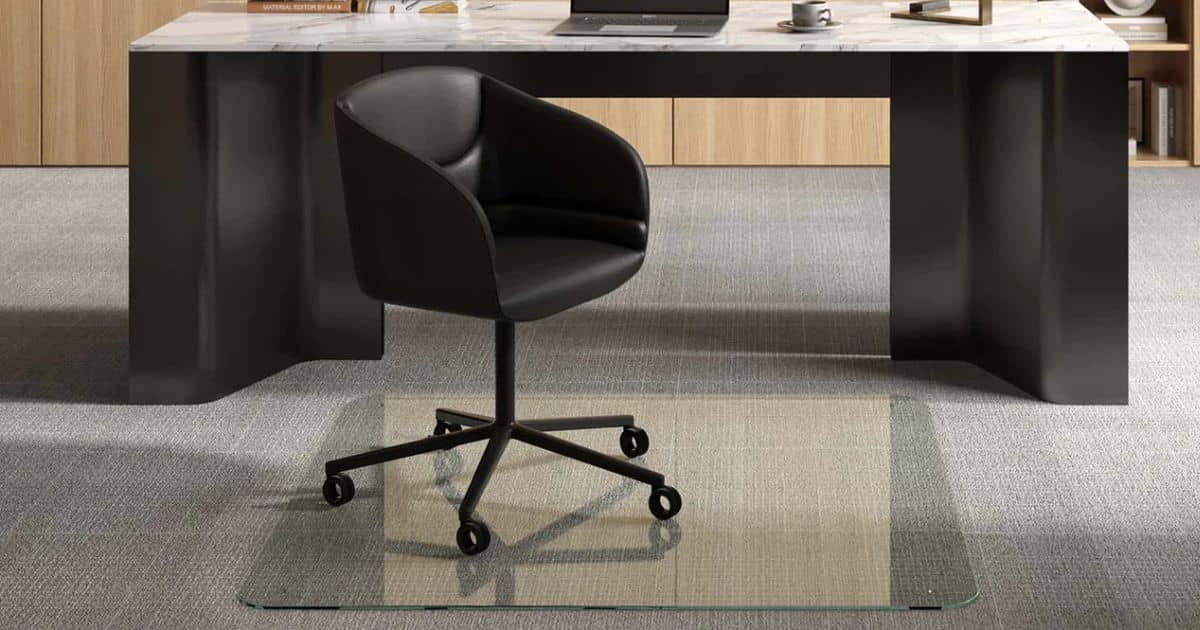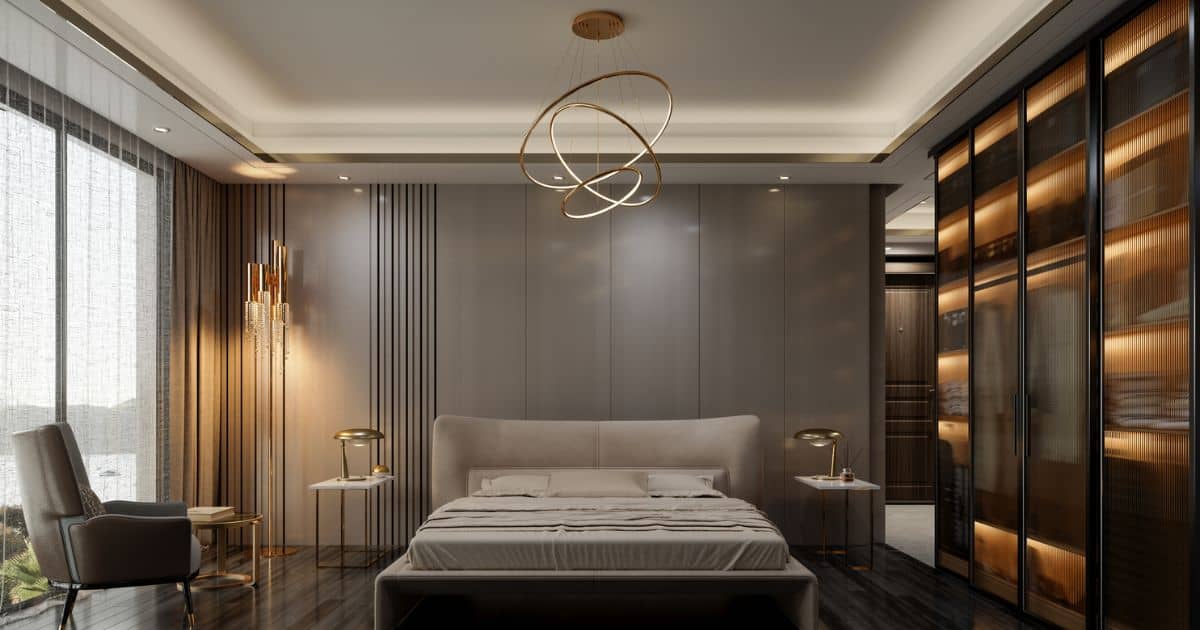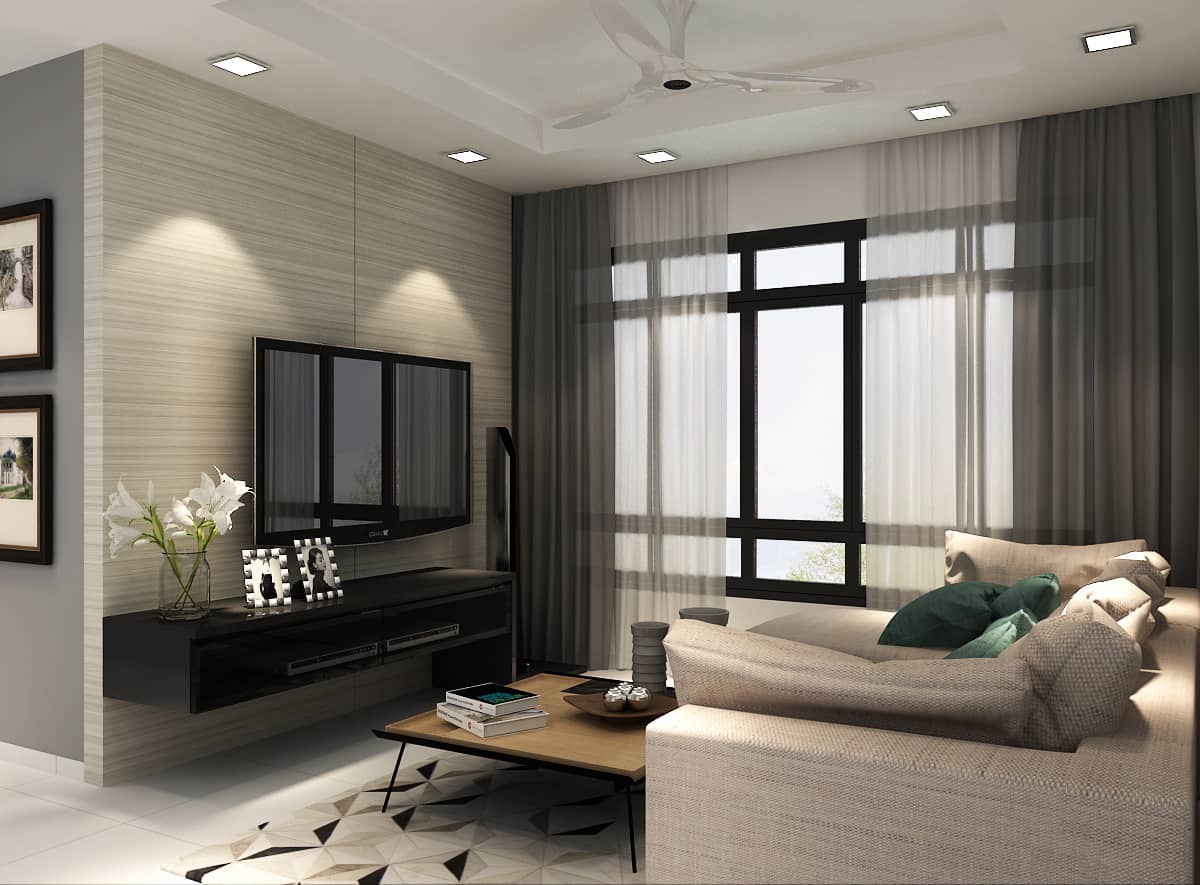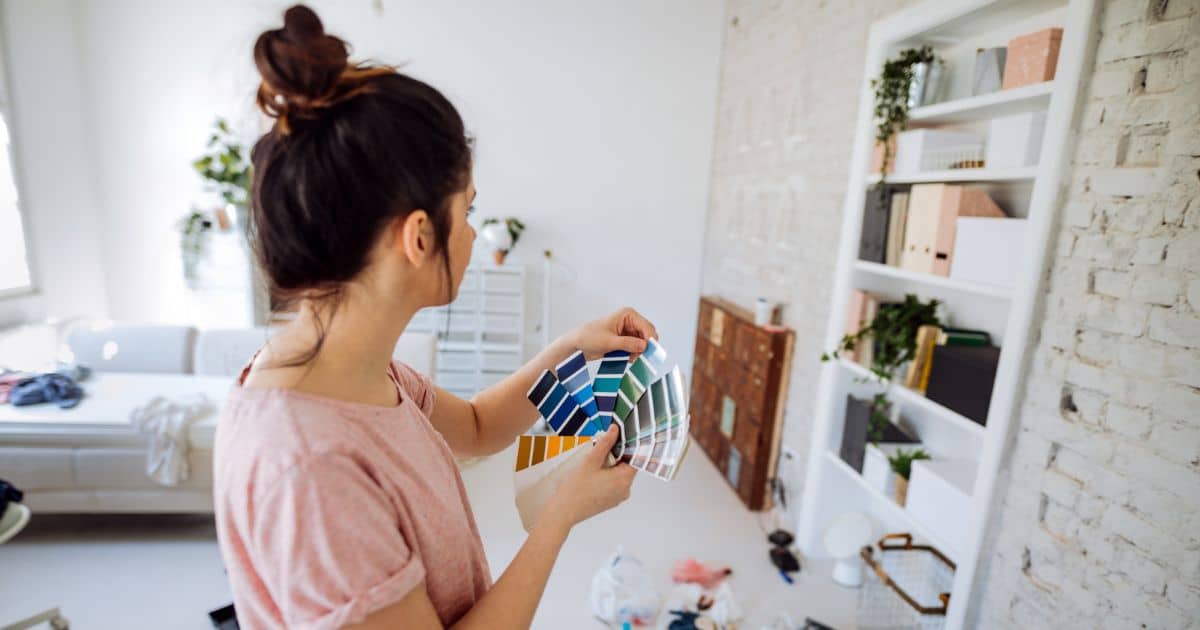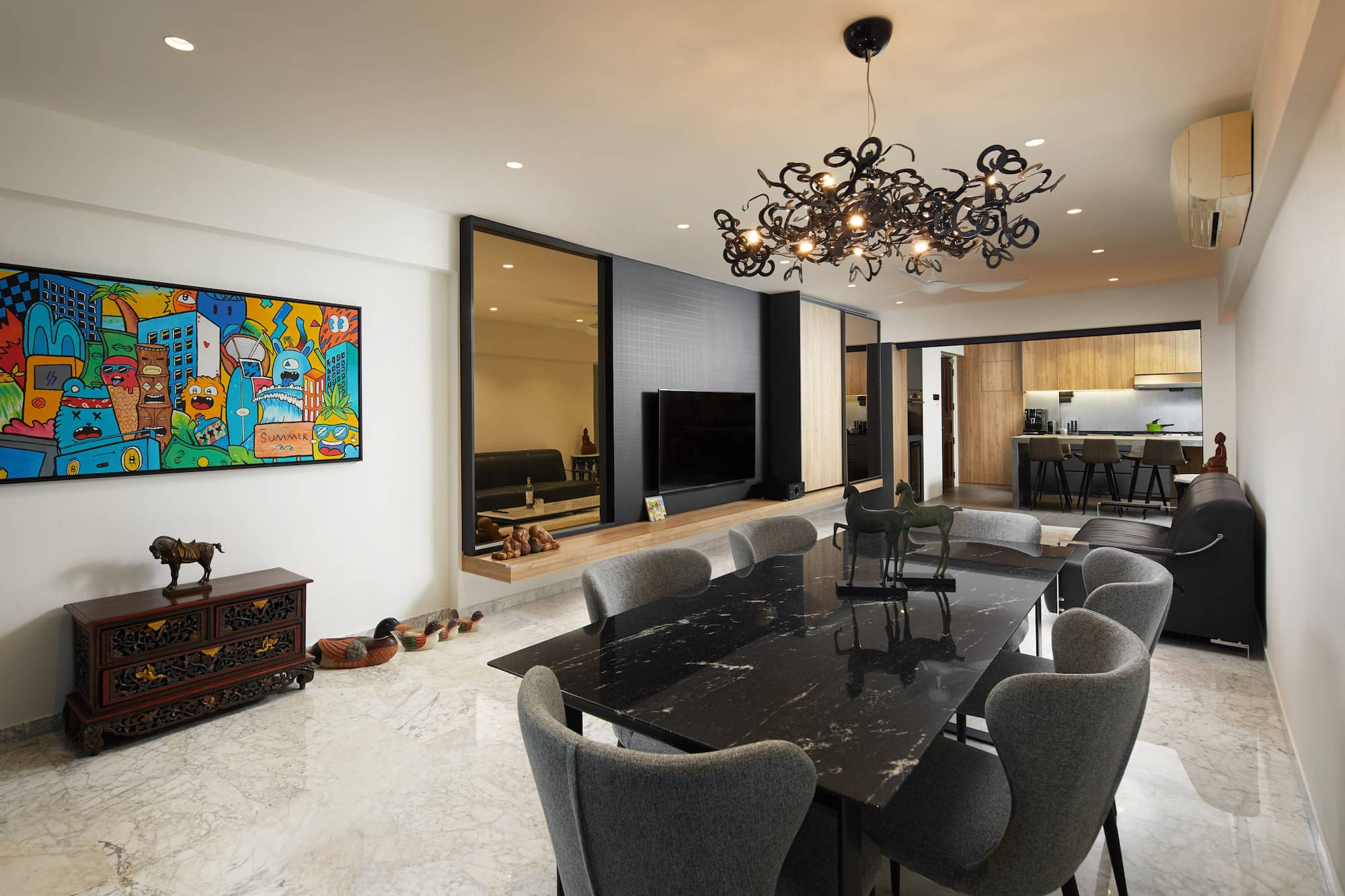A report by The Straits Times suggests that since the start of 2022, all construction materials have become 30 per cent more expensive in Singapore on the average. With manpower shortages, this may seem like a hopeless situation. But if you need to carry out a renovation right now, you can still get the job done within a reasonable budget.
The first and most important thing you need to do is find the right contractor for the job.
A good team that’s driven by your best interest will recommend the construction and renovation projects bound to deliver the best results at the most manageable cost. Carrying out DIY work right now is far from the best approach. You may think that you’re saving money but your absence of knowledge could end up costing you a lot. Also, you probably lack the professional networking opportunities that an experienced and properly licensed home renovation contractor company in Singapore benefits from. These often result in better prices and reductions than the ones available to general consumers.
Dedicate enough time to doing your research, asking questions and getting a few quotes to compare side by side. Going through this preliminary phase will give you a good idea about the market right now and what reasonable expectations are.
As always, check past work, credentials and licenses (including HDB licensing) before getting the project started. These requirements are universals and you shouldn’t make a compromise for the purpose of bringing down expenses. In other words, an offer that appears too good to be true probably is.
Another good practice is to start the planning process as early as possible. If you contact construction and renovation companies ahead of time, you can get a good understanding of the big picture and you could also enjoy some additional discounts.
Don’t hesitate to seek out promotional offers. Home Renovation Promotional packages like those developed by the Home Guide professionals are meant to deliver the best possible return on investment. These packages concentrate on the types of work that will produce an optimal upgrade and will eliminate unnecessary wastage of resources, cost and time. Don’t hesitate contacting Home Guide to find out more and learn about the numerous ways in which renovation expenses can be reduced.
Regardless of the current complicated situation, life must go on. Don’t postpone your dreams – some reports suggest that the current economic crises could continue impacting global supply chains and costs until 2026 and even beyond.
Instead of waiting for better days, be smart and strategic.
You can do many things to make financially-savvy decisions that will move your projects forward. Do consider the right partnerships and home changes. Do take enough time to plan, inquire and modify aspects of the renovation that aren’t such a good idea. By involving yourself in these essential steps, you’re going to save money and you’ll also enjoy a much better outcome. The same applies to giving up on the DIY approach and letting the professionals handle all aspects of the renovation.
